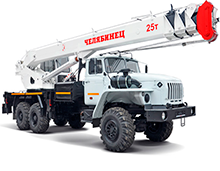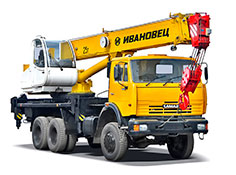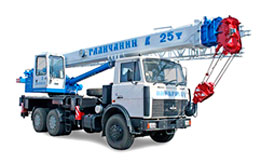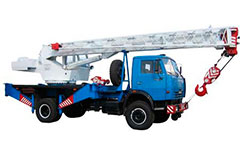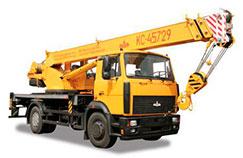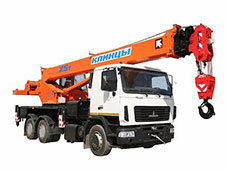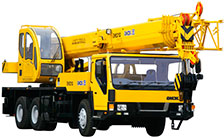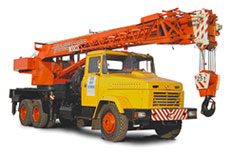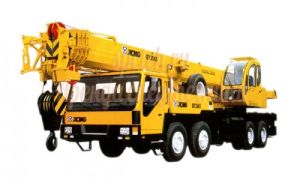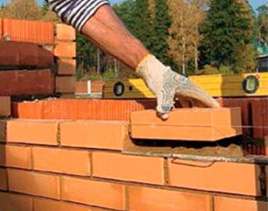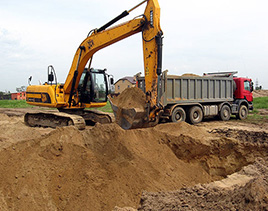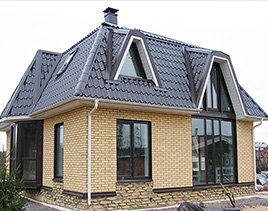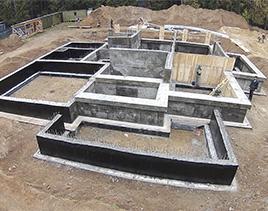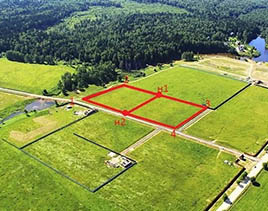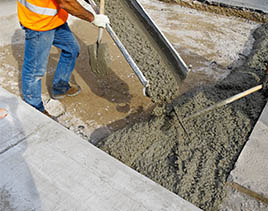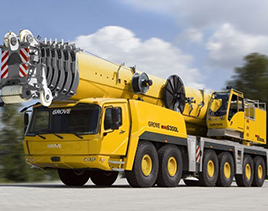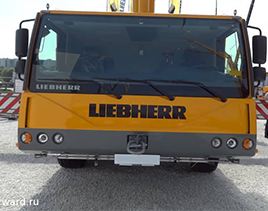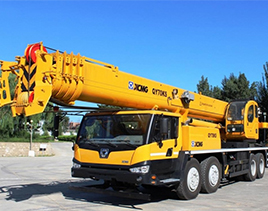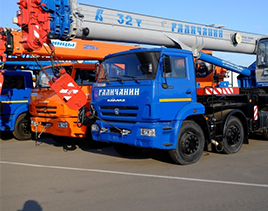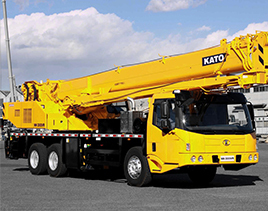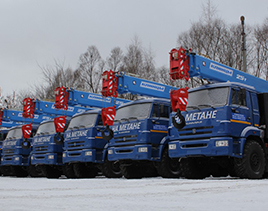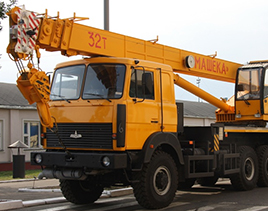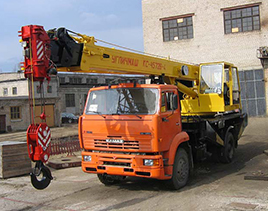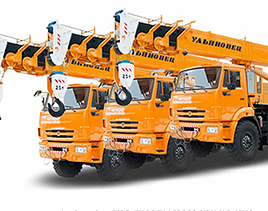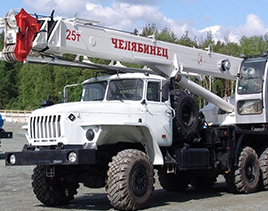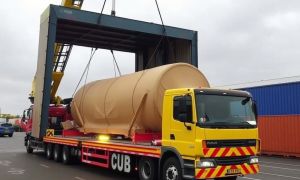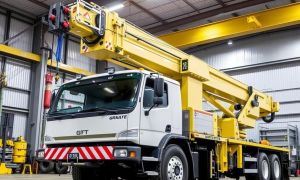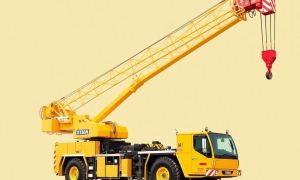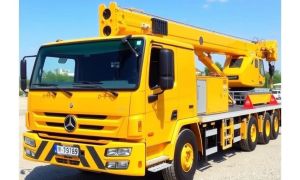When working with cranes, safety is always the top priority. Cranes play an essential role in construction, shipping, and industrial environments, but like any machinery, they are prone to failures that can pose significant risks to workers and property. Understanding emergency procedures for crane failures is not just a recommendation—it’s a necessity. Whether it’s a mechanical breakdown, electrical malfunction, or operator error, knowing how to respond quickly and effectively can save lives and prevent costly damage. In this article, we’ll explore the common causes of crane failures, the importance of emergency preparedness, and the step-by-step procedures you should follow when things go wrong.
Why Crane Failures Happen: Common Causes and Warning Signs
Crane failures can result from a variety of issues, ranging from mechanical wear and tear to unexpected external forces. Before jumping into emergency procedures, it’s crucial to understand what causes these failures so you can recognize the early warning signs.
Mechanical Problems
Cranes have many moving parts that are subject to stress, including cables, pulleys, brakes, and motors. Over time, these components can wear down or fail if not properly maintained. Common mechanical failures include:
- Broken or frayed cables: These are among the most frequent causes of crane accidents and can lead to sudden load drops.
- Brake failure: If the crane’s braking system fails, it can result in uncontrolled movements or dropping the load.
- Structural fatigue: Cracks or bends in the boom or base can compromise stability.
Electrical Malfunctions
Many modern cranes are equipped with electrical controls and systems that facilitate operations. Electrical failures can cause sudden shutdowns or erratic movements.
- Power loss or surges
- Malfunctioning control panels
- Sensor failures that affect safety systems
Human Errors and Environmental Factors
Sometimes the failure isn’t with the crane but how it’s used. Overloading, improper setup, and disregarding safety protocols can trigger failures.
- Operating beyond load limits
- Inadequate ground support or leveling
- Working in dangerous weather conditions, like high winds or storms
Preparing for the Unexpected: The Importance of Emergency Procedures
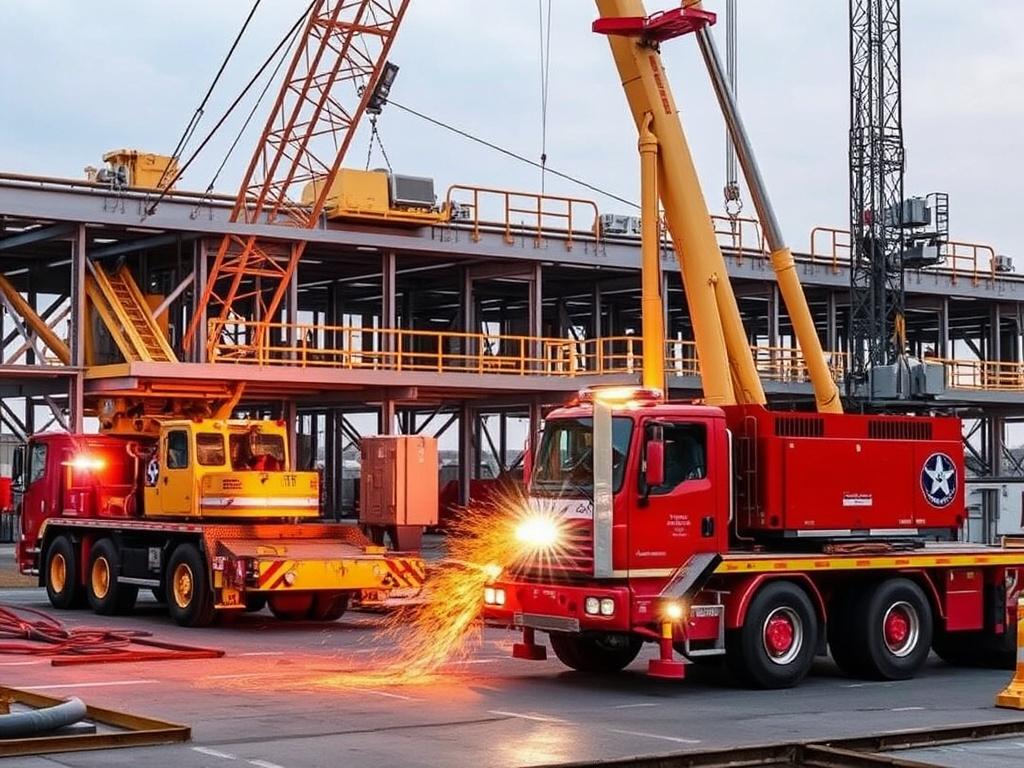
When a crane failure occurs, the first moments are critical. Having predefined emergency procedures ensures everyone on site knows exactly what to do, minimizing panic and maximizing safety. Emergency procedures for crane failures are crafted to quickly assess the situation, secure the site, and prevent further hazards.
Training and Drills
Proper training is the foundation of effective emergency response. Operators and all personnel involved in crane operations should participate in regular drills simulating crane failures. This keeps everyone sharp and confident in their roles during emergencies.
Emergency Communication Systems
Instant communication during a crane emergency can be the difference between a controlled response and chaos. Establish clear lines of communication through radios, alarms, and signal systems to quickly alert the team and emergency responders.
Emergency Equipment and Tools
Having the right tools on hand is essential. This may include fire extinguishers, first aid kits, rescue harnesses, and equipment to stabilize or secure the crane after failure.
Step-by-Step Emergency Procedures for Crane Failures
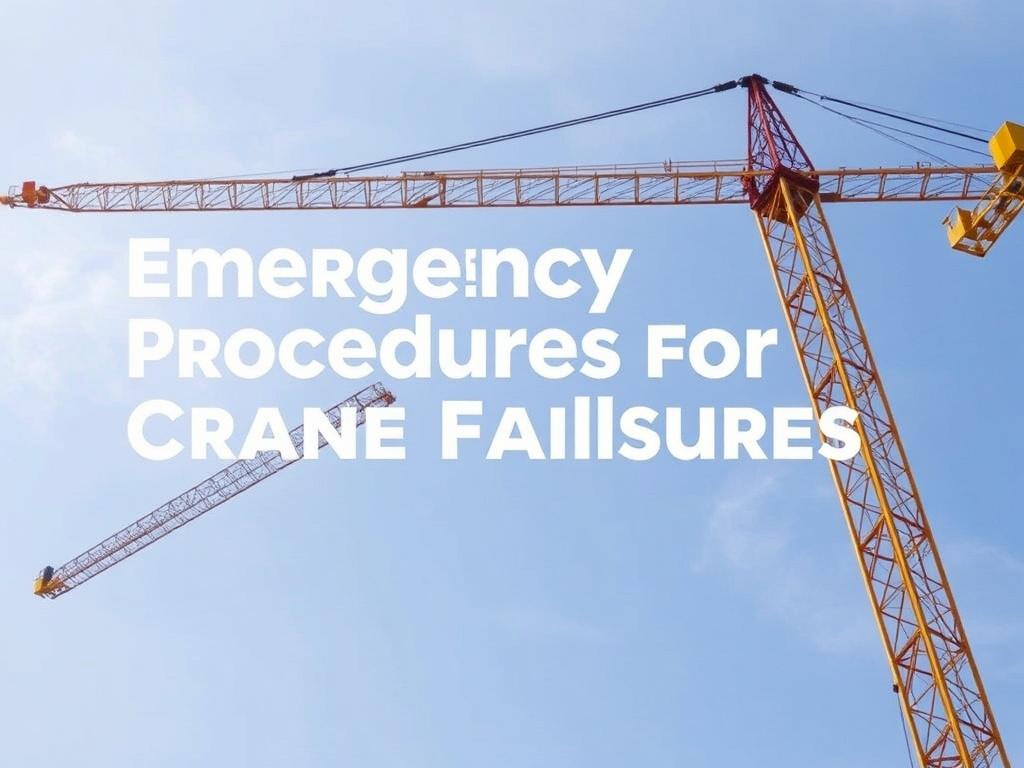
Once a crane failure occurs, following a clear, systematic process is essential. Below is a suggested sequence to handle these critical situations effectively.
1. Immediate Response and Site Safety
- Stop all crane operations immediately. The operator must release controls carefully, and no further lifting or movement should occur.
- Alert nearby workers and supervisors. Use emergency signals or loud communication to inform everyone within the danger zone.
- Establish an exclusion zone. Keep all non-essential personnel away from the crane and its load until the situation is under control.
2. Assess the Situation
Once the area is secured, conduct a rapid evaluation to understand the type of failure and any immediate hazards:
- Is the load stable or is there a risk it might fall?
- Are there sparks or smoke indicating electrical shorts or fire?
- Is anyone injured or trapped?
- Are there structural damages to the crane or surroundings?
3. Inform Emergency Services if Needed
If there are injuries, fires, or significant hazards, call emergency responders immediately. Provide clear, detailed information about the incident location, number of victims, and nature of failure.
4. Evacuate if Necessary
If the crane’s failure has led to dangerous instability or environmental damage (like chemical leaks), prioritize evacuating all personnel safely.
5. Stabilize the Crane and Load
If trained personnel are available and it is safe to do so, begin stabilization efforts:
- Use supports, blocking, or cranes nearby to steady the load.
- Deactivate electrical power to prevent further malfunctions.
- Secure the crane’s controls to prevent accidental movement.
6. Conduct a Detailed Inspection
Once the immediate danger is neutralized, conduct a thorough inspection, documenting all issues for further analysis and repair planning. This should only be done by qualified inspectors.
7. Report and Review
Complete incident reports detailing the failure, response actions, and any injuries. A formal review session should analyze what went wrong and how future emergencies can be better handled or prevented.
Table: Key Contact Numbers and Communication Procedures in Crane Emergencies

| Emergency Contact | Purpose | Contact Method | Information to Provide |
|---|---|---|---|
| Site Safety Officer | Coordination of on-site emergency procedures | Radio / Phone | Location, type of failure, status of personnel |
| Fire Department | Fire or electrical hazard containment | Phone / Emergency Number | Exact address, fire type, evacuation status |
| Medical Emergency Services | Treatment of injuries | Phone / Emergency Number | Number of injured, nature of injuries, access points |
| Crane Maintenance Team | Assess damage and repairs | Phone / Radio | Damage description, failure symptoms, immediate risks |
Additional Safety Tips to Prevent Crane Failures
While emergency procedures are essential, prevention is always better than cure. Here are some practical tips to keep cranes operating safely:
Regular Inspections and Maintenance
Routine checks of cables, brakes, and structural components help detect wear early. Follow manufacturer’s guidelines for maintenance schedules and use certified technicians.
Proper Training and Certification for Operators
Make sure crane operators receive comprehensive training and understand the limits of their equipment. Recurrent training and assessments help maintain high standards.
Clear Load Limits and Communication
Never exceed the crane’s rated capacity. Use clear signal systems and hand signals during lifts to coordinate actions between the operator and ground crew.
Environmental Monitoring
Wind speed, precipitation, and ground stability all impact crane safety. Stop operations immediately during unsafe weather and stabilize the crane as required.
List: Emergency Equipment Every Crane Site Should Have
- First Aid Kits: For prompt medical treatment
- Fire Extinguishers: Suitable for electrical and flammable fires
- Emergency Stop Buttons: Easily accessible on the crane control panel
- Protective Barriers and Warning Signs: To create exclusion zones
- Communication Devices: Radios, alarms, and PA systems
- Rescue Harnesses and Ropes: For personnel evacuation
- Load Securing Tools: Chains, slings, and blocks
What to Do After the Emergency: Recovery and Lessons Learned
Once the immediate threat has been managed and the site is secure, recovery efforts begin. This involves repairing or replacing damaged equipment, conducting thorough investigations, and implementing new safety measures. Learning from each incident by performing a root cause analysis ensures that future crane failures become less likely.
Remember, the goal is to foster a culture of safety where every person working with or around cranes is vigilant, knowledgeable, and prepared for the unexpected.
Conclusion
Cranes are powerful tools that enable some of the most impressive feats of engineering and construction, but their failure poses serious risks. Being equipped with clear, well-practiced emergency procedures for crane failures is essential to safeguarding lives and minimizing damage. From recognizing early warning signs and immediately halting operations to stabilizing loads and contacting emergency services, each step plays a vital role in crisis management. Preventative measures such as regular maintenance, proper training, and safety equipment go hand-in-hand with emergency readiness. By prioritizing safety at every stage—from planning and operation to emergency response—crane operators and site managers can ensure a safer working environment for all.

